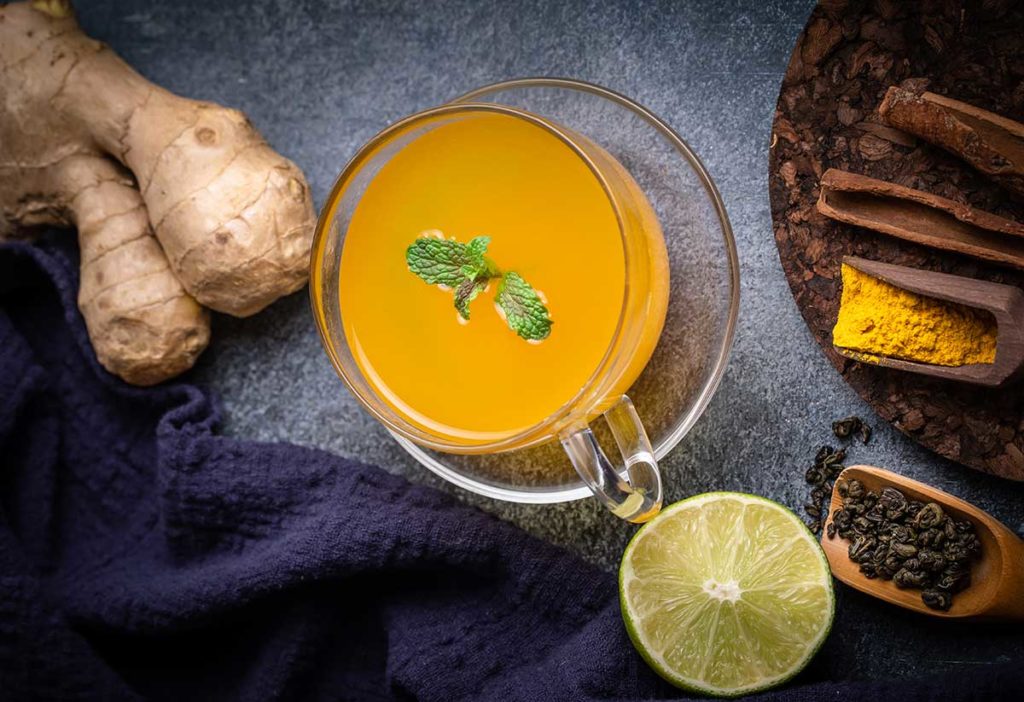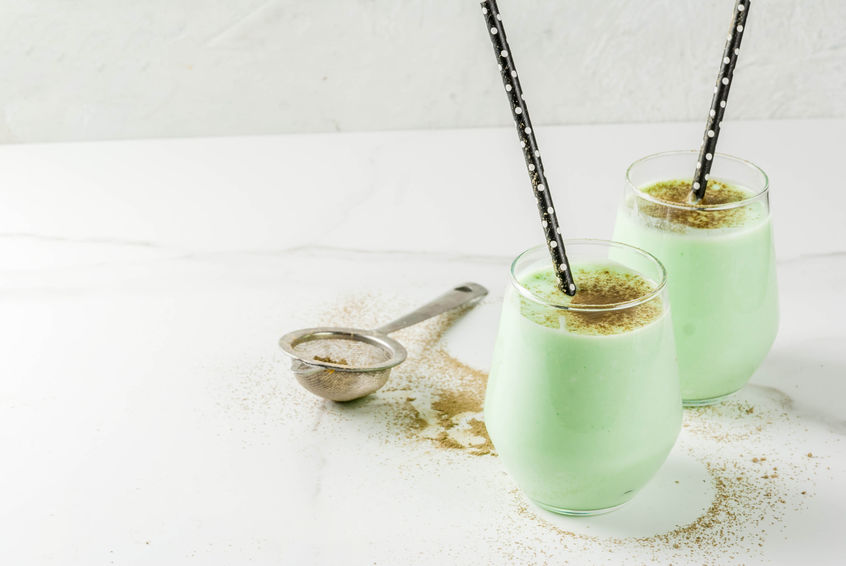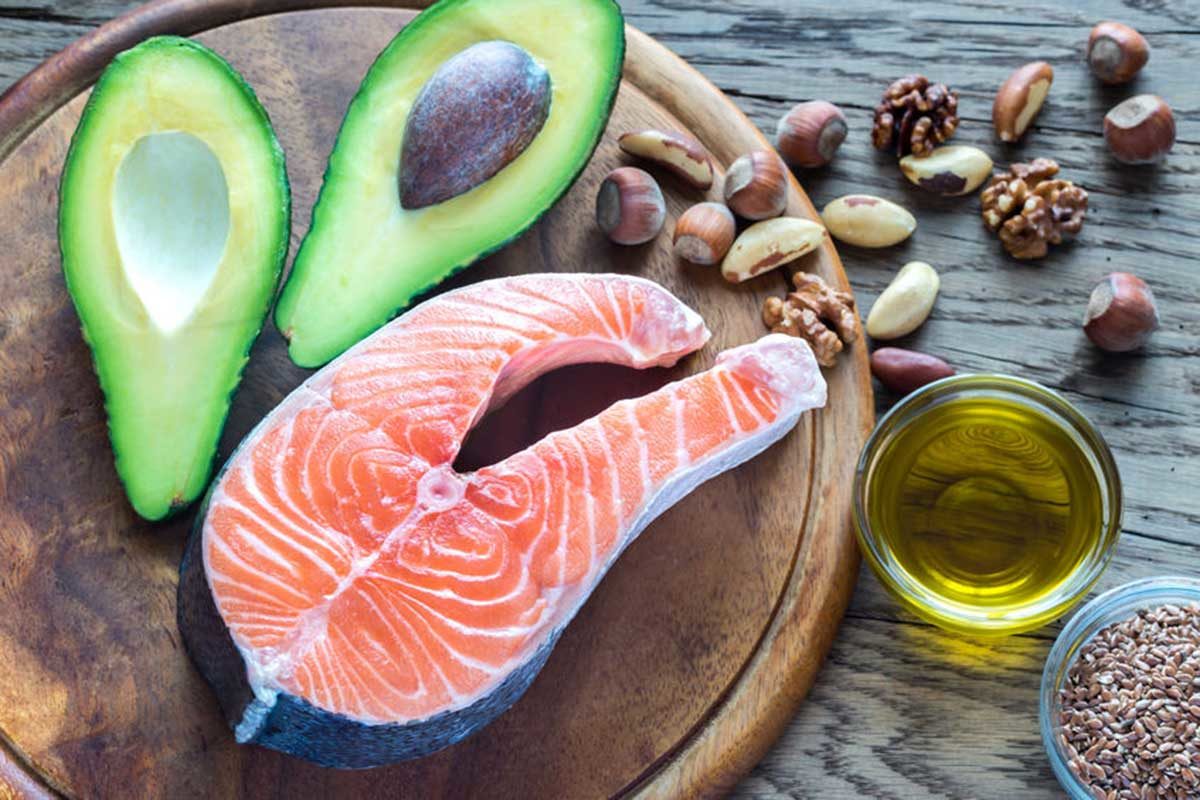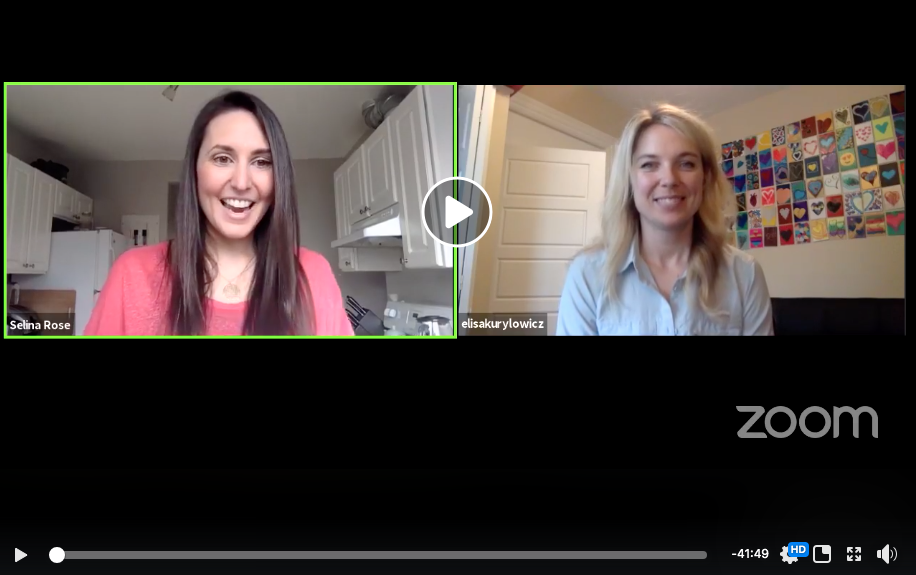My personal healing journey started when I first discovered yoga. At the time I was under a lot of stress and it manifested as very poor digestion and lots of abdominal pain. What I didn’t realize was that I’d learned to dissociate from my core. There was so much discomfort happening in my stomach and intestines that I’d resorted (unconsciously) to completely tuning out any sensation coming from that part of my body. When I started practicing yoga I was brought back in touch with my body and it felt like my life opened up from there.
I went on to study holistic nutrition to further understand the impact of stress on my system. Today I help ambitious professionals to connect with their bodies, their joy and their sense of purpose so they can manage stress, increase their energy and live life full-out. My Eats & Asana University course teaches the exact system that helped me regain my health and live a more energetic and full life.
Curious about whether you’re a fit for Eats & Asana University? Book a Stress-Less Breakthrough Call and we can survey your stressors and see where you could use support to show up as the best version of yourself.
Diet and exercise have long been respected as two key players in maintaining your heath. If you take a holistic approach, you know that diet and exercise alone won’t create overall wellbeing, but they certainly are main factors to success.
While there are benefits to many different types of exercise, today we’re looking specifically at yoga and how practicing yoga along with eating a healthy diet will help you create a total picture of health.
Holistic nutrition and yoga philosophy have a lot in common. Using the two disciplines together can maximize your health benefits, yielding greater physical and emotional results than practicing one of them alone.
To see results, practice at least a few yoga postures daily, giving yourself time to calm and center through deep breathing both before and after. Nutrition is a more delicate balance. Be sure to eat balanced meals and not to go longer than 4 hours without food, to maintain a stable blood sugar level. Tuning into your body through yoga will enable you to decipher your body’s cues around food so that you can make the best possible choices for you.
- Improve Digestion— Many yoga poses stimulate the digestive organs allowing them to function more efficiently. The squeeze and release of twists, for example, restrict blood flow to your organs temporarily, before allowing fresh oxygenated blood to bring them nourishment. Likewise, healthy foods deliver nutrients to your entire body. Using proper food combining (for example eating fruit on an empty stomach) to ensure that your digestive system functions optimally, laying the foundation for good health.
- Stress Reduction– Deep breathing, mental focus, and of course, shavasana all have obvious stress reduction benefits. Yoga helps us engage our parasympathetic nervous system (the opposite of the body’s fight or flight response) to bring calm to both body and mind. A little less obvious might be the role nutrition plays in reducing stress. There are a number of factors that stress our bodies, including nutrient deficiencies, exposure to toxins, and food allergies. Cleaning up your diet by eating organic fruits and vegetables, and avoiding chemicals, excess hormones, and artificial ingredients will reduce stress on your body. Also, paying attention to avoid foods that you have an adverse reaction to will limit stress on your body as a whole.
- Mindfulness – Both yoga and nutrition increase our connection to our bodies. Yoga allows you to tune in and listen to the cues your body gives you. Eating is an opportunity to bring yoga with you to the table. Use your intuition when making food choices, and be mindful of the way your body responds once you’ve eaten. Practicing yoga improves your ability to witness discomfort and build resilience to process it. This resilience carries over to other uncomfortable situations like craving junk foods. Bring mindfulness to the table by practicing gratitude before meals. By thinking or saying out loud what you’re grateful for you can put your body in a receptive state, so it’s ready to receive nourishment. Chewing your food thoroughly is another good way to practice being present and mindful with your food while you eat.
- Increase Energy– Remember the yoga high you feel after class? Yoga postures and breathing release stored energy in your body, giving you a liberating feeling at the end of class. Stretching your muscles and expressing your full range of motion increases the energy and blood flowing to your extremities.The food we eat is a main source of energy for our bodies. There is a transference of energy from our food to our body that happens during digestion. Eating living foods (like sprouts, fermented vegetables, and salads) promote life in our bodies. The opposite is true when we have poor digestion; digestive troubles will take up energy, leaving us feeling tired and drained after eating.
- Detoxification— Yoga helps to wring out our organs, prompting them to release toxins. During hot yoga classes, we release toxins through our skin when we sweat. The food we eat can be responsible for contributing to, or decreasing our toxic load. Foods like lemon, ginger, and cilantro are natural detoxifiers. Having enough fiber in your diet will aid the elimination process, ensuring toxins can be excreted from the body easily through the colon.
Summary
There are many overlapping benefits of nutrition and yoga including improving digestion, stress management, mindfulness, increasing energy and even detoxification. Eating well and practicing yoga can help you maximize your overall health benefits in these areas.
Recipe: Post-Yoga Detoxifying Tea

1” fresh ginger root
1” fresh turmeric root (or ¼ tsp dried)
¼ cup fresh mint leaves
Juice from ½ lemon
6 cups water
Bring water to a boil. Remove from heat and add ginger, turmeric and mint leaves and let steep for 15-20 minutes. Remove ginger, turmeric (pieces only) and mint leaves and add lemon juice. Serve warm or cold.
Tip: sweeten with honey, if desired.









